Purple Magazine
— F/W 2008 issue 10
Los Angeles
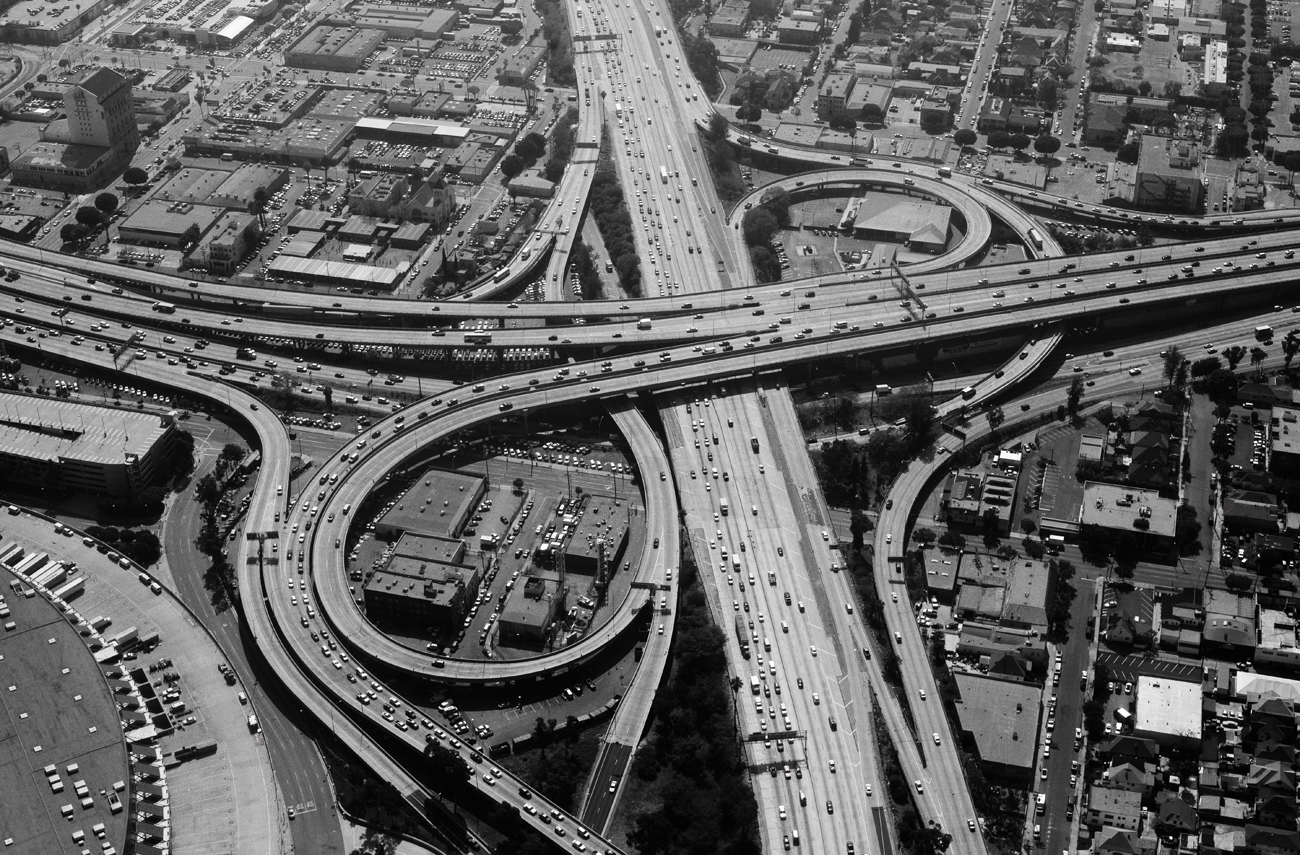 photo Terry Richardson
photo Terry Richardson
 photo Terry Richardson
photo Terry Richardson
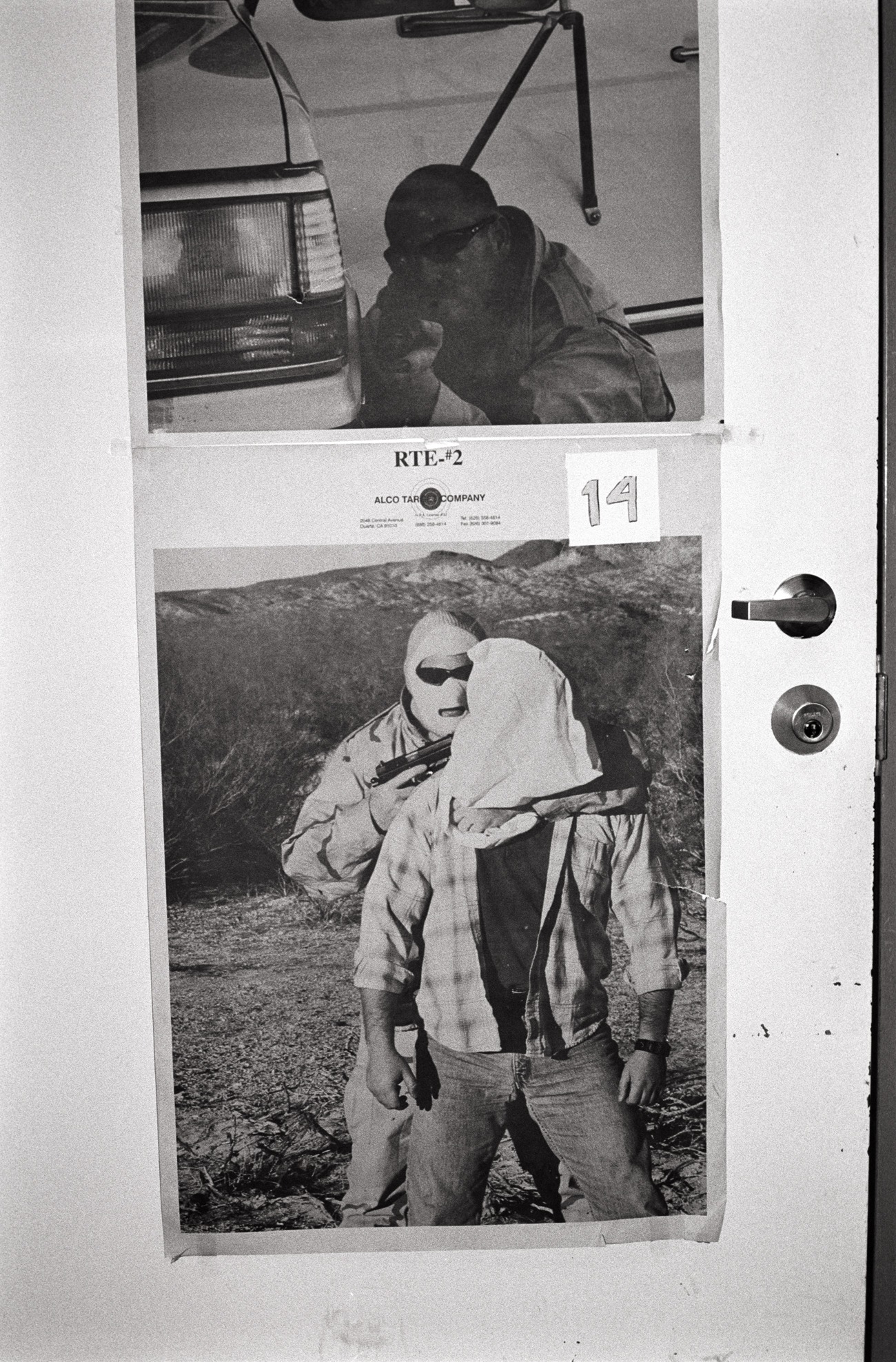 photo Terry Richardson
photo Terry Richardson
 photo Terry Richardson
photo Terry Richardson
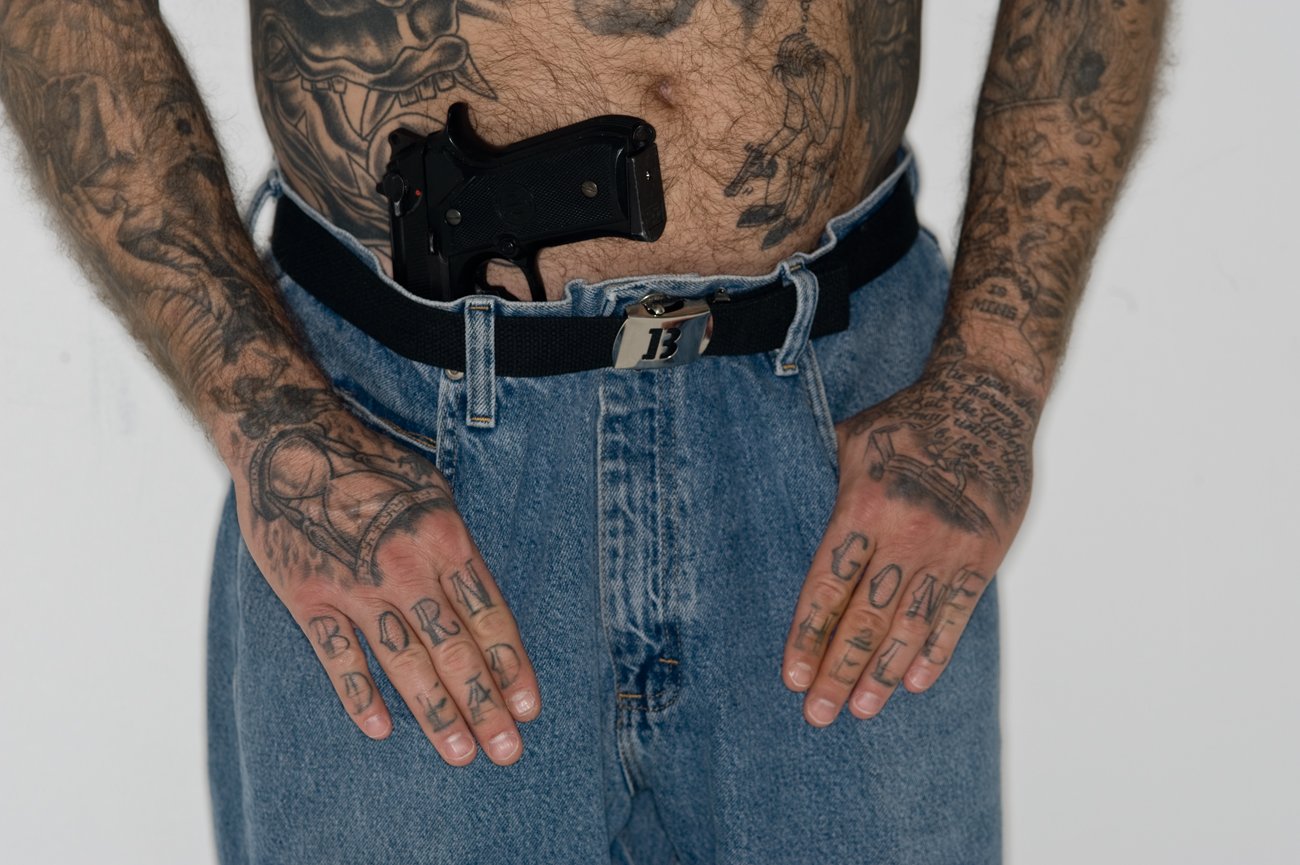 photo Terry Richardson
photo Terry Richardson
 photo Terry Richardson
photo Terry Richardson
 photo Terry Richardson
photo Terry Richardson
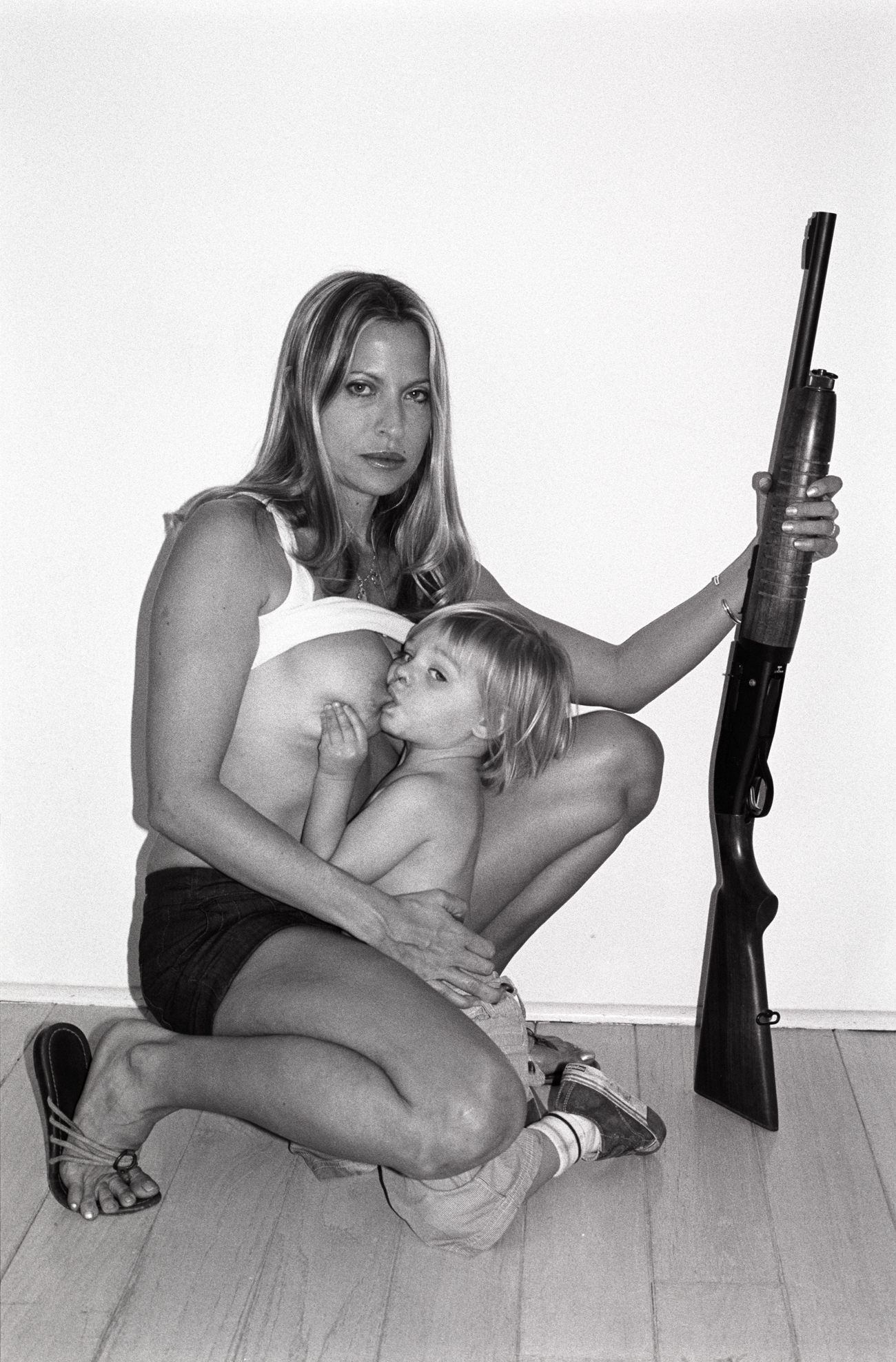 photo Terry Richardson
photo Terry Richardson
 photo Terry Richardson
photo Terry Richardson
 photo Terry Richardson
photo Terry Richardson
 photo Terry Richardson
photo Terry Richardson
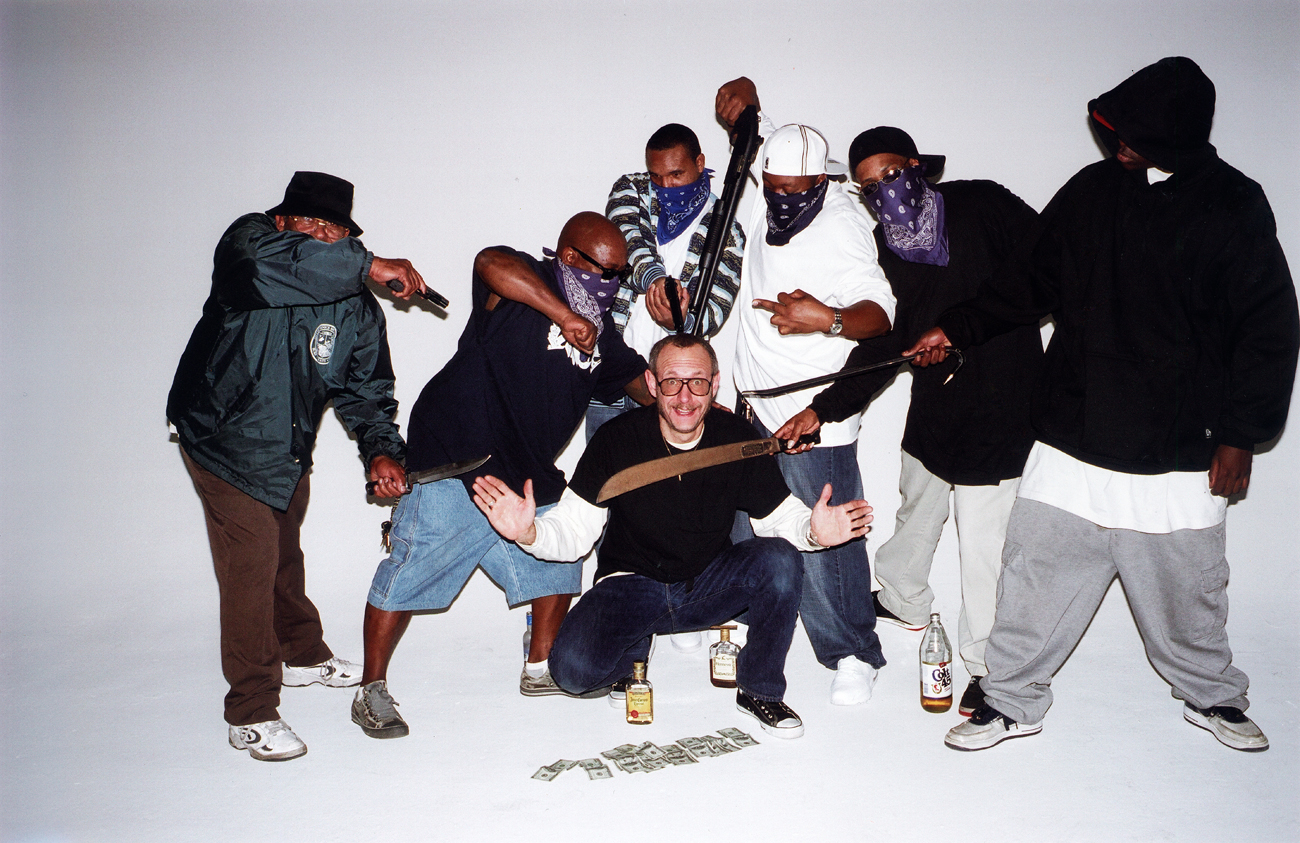 photo Terry Richardson
photo Terry Richardson
photographs by TERRY RICHARDSON
text by JEFF RIAN
World’s End
Where the sun sets on WESTERN CIVILIZATION and all the migration and immigration stops. Period.
It’s a dream and a hedonistic parody of PLATO’S REPUBLIC, with its New Age mystics and psychic murderers, Hollywood movies, custom cars, the AKERS, and SCIENTOLOGY, organic groceries, aesthetic surgery, piercings and tattoos, STREET GANGS, Mexican migration, the HIPPIE…